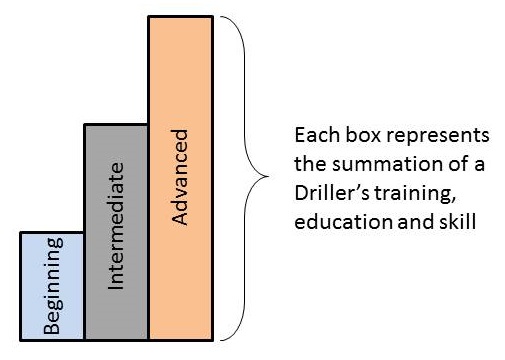Performance Measurements
When a Driller or team performs, there are four aspects of a performance that should be measured.
The level of education, training, and skill is evidenced in a performance. You need to ensure that your solo or your team’s performance has all of the following aspects locked in at your team’s level of performance.
Read this for a Brief History of American Drill and Ceremonies.
Performance Aspects
- Drill: the choreographed design of what you march.
- Your position in the drill area (staging)
- The direction you face (orientation).
- Body work: whether you are marching armed or not, incorporate your body in certain movement, or even keeping your “t”/”cross”- I assure you, others will.
- Footwork: how your feet fit in with your performance. Do they accentuate certain moves? Or are they just there to keep you from falling over?
- Equipment Work: rifle, sword/saber, swing flag (for the Cali teams) or guidon, what you spin needs to be a seamless extension of your body most of the time.
Measurement Examples

What I see in the majority of solo performances that I judge is displayed here. Drillers concentrate so much on their equipment work that they tend to forget, or they don’t know about, the other aspects of a performance.

Initially, this is not necessarily a bad thing- one has to begin somewhere and the process of improving the performance begins with knowledge.
As another example, some drill teams will have a performance that looks like the picture at right. An unarmed team might look like the picture just below.
You can see how each performance aspect is at a different level. This makes the performance unbalanced and not as effective. Communication from the soloist/team to the audience, including the judge, is not clear. Clear communication is the standard to meet.

Disparities like these two examples above show that training is unbalanced- either because the team does not know of each aspect, or because the team does not know how to address and improve the different aspects that are lacking.
Again, when you begin in exhibition drill, you will have an unbalanced performance. This is exactly what happens at first and performers need to be aware that balance is eventually necessary.
The Sum of the Parts

The image at left is your goal. The synergistic effect of all of the performance aspects coming together at an intermediate or advanced level gives the team that intangible feeling of performance perfection.
But how do you achieve it? Through the different techniques used in precise Training and then Practice and Rehearsal.
A trained judge can see training and practice come through in a performance. Trained judges, not briefed judges, are what we really need at JROTC drill meets. Note- we don’t have trained judges, they are briefed.
Limitations

What about the Team that cannot make it to the Advanced Level?
This is a great question! It is OK to attain a certain of proficiency and remain there. This could be due to limited practice time or other resource. It’s OK to maintain a certain level but keep striving for better excellence.
Your Target – Audience Engagement
A visual performance is about communication. Ultimately, the design concept behind drill performance levels is all about engaging your audience with the clearest communication.

